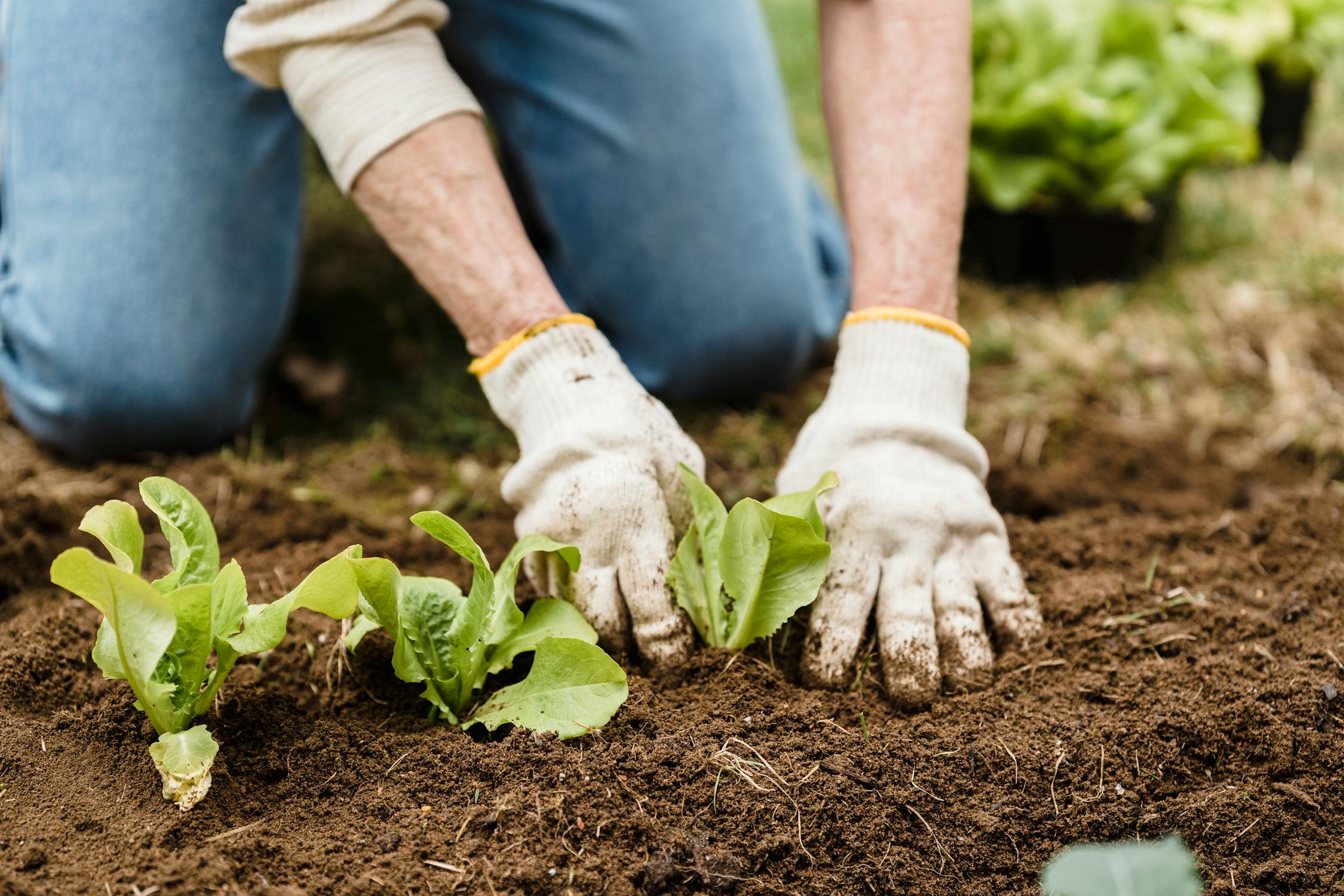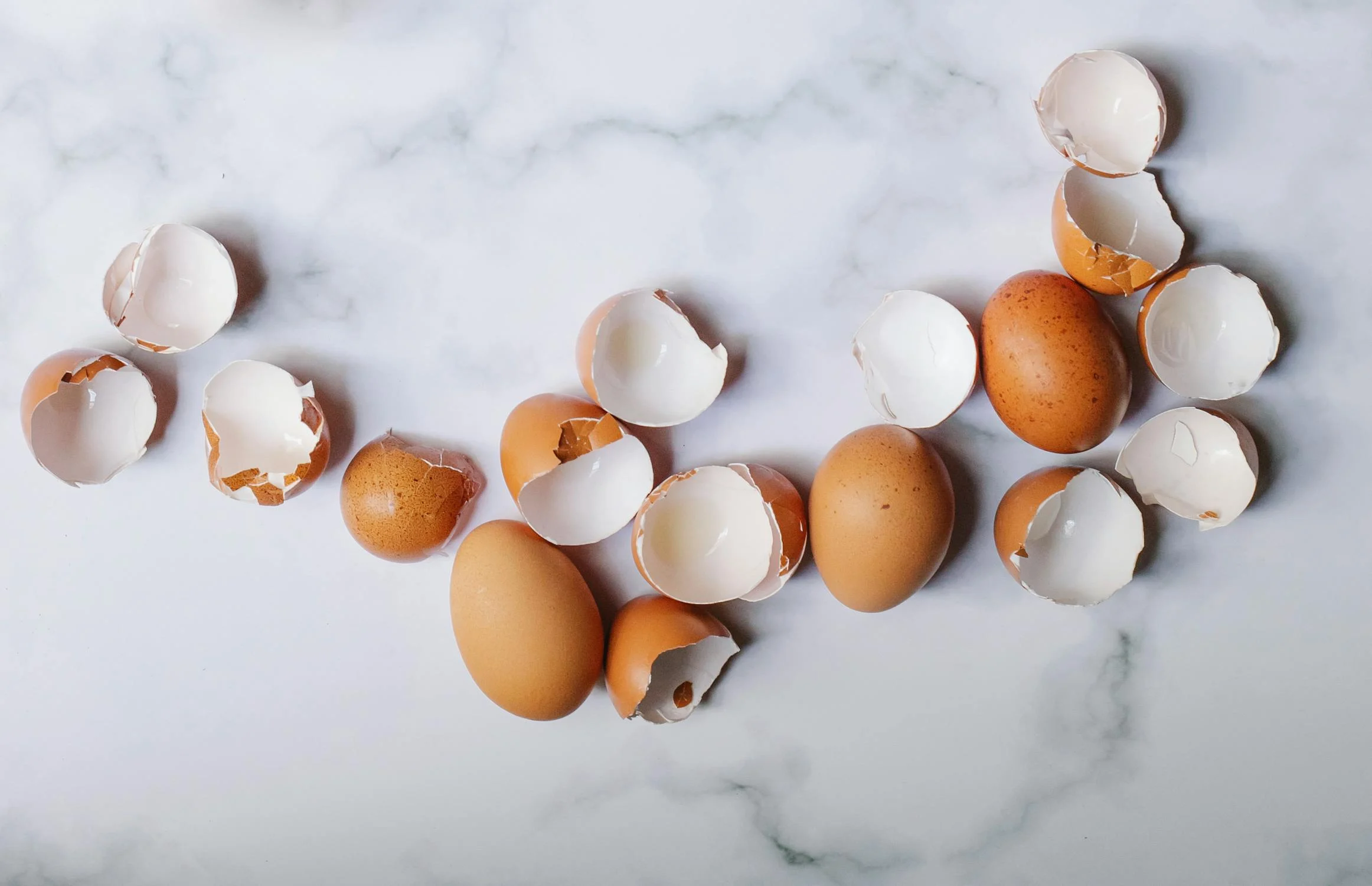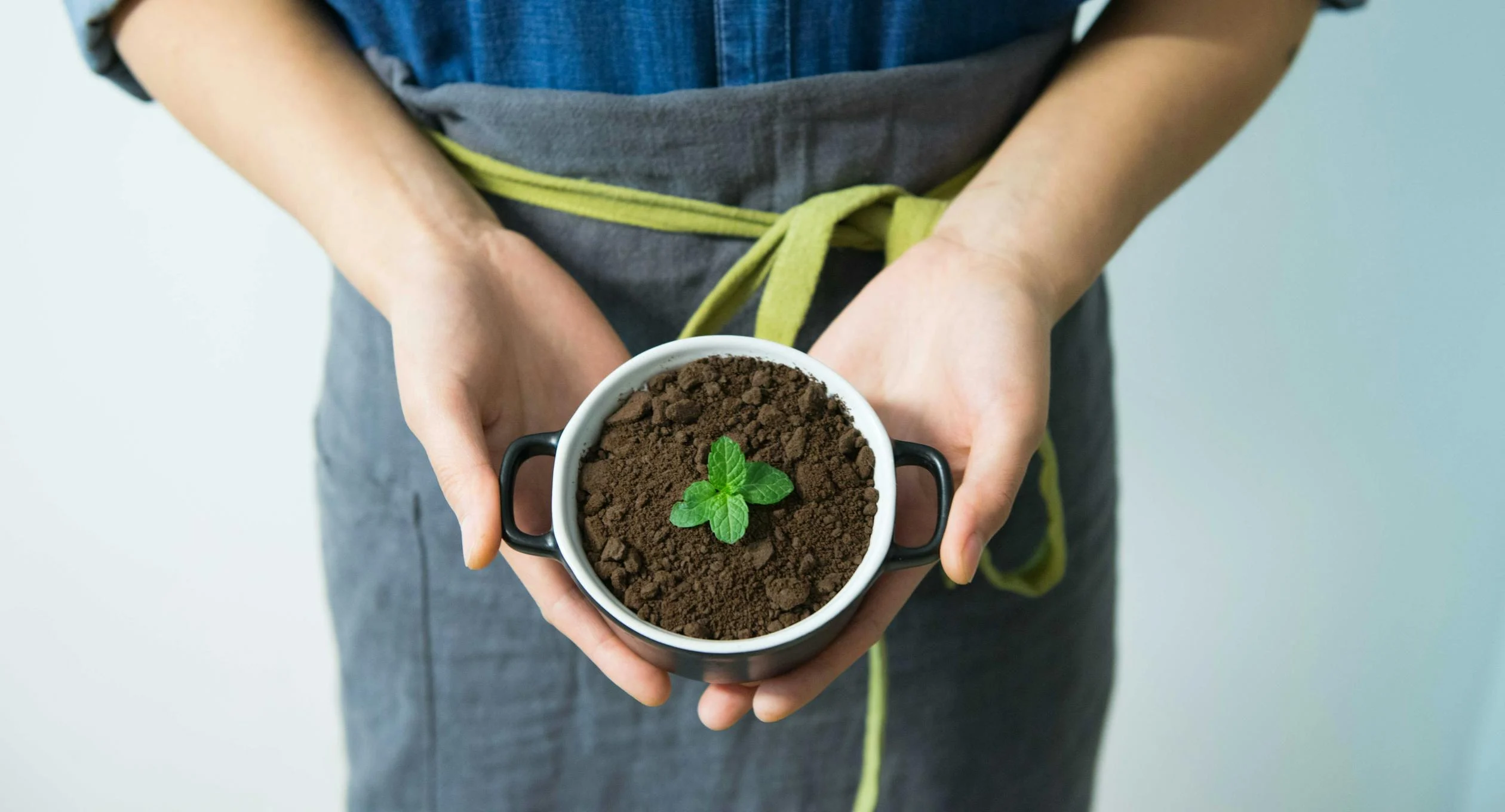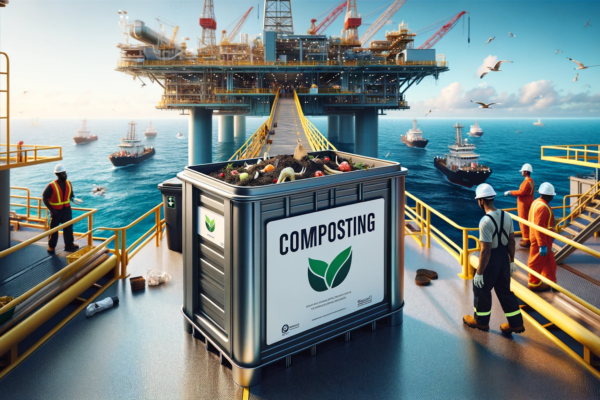Homemade Fertilizer for Potted Plants: 6 Best Secret Recipes
Homemade Fertilizer for Potted Plants: 6 Secret Recipes
Gardening enthusiasts know the joy of watching their potted plants thrive. An essential element of healthy plant growth is the right fertilizer. While the market is flooded with various types of fertilizers, homemade options offer a sustainable, cost-effective, and equally effective alternative. Here, we explore six of the best ways to make homemade fertilizer for potted plants, ensuring they receive all the nutrients they need to grow strong and vibrant.
Understanding Nutrient Needs of Homemade Fertilizer for Potted Plants
Before diving into homemade fertilizers, it’s crucial to understand what your plants need. The primary nutrients all plants require are nitrogen (N), phosphorus (P), and potassium (K), often referred to as NPK. Nitrogen promotes leafy growth, phosphorus supports root and flower development, and potassium aids in overall plant health. In addition to these, plants also benefit from secondary nutrients and micronutrients, such as calcium, magnesium, and iron.
1. Compost Tea
 The Essence of Compost Tea
The Essence of Compost Tea
Compost tea is a nutrient-rich solution made by steeping compost in water. It’s an excellent way to provide your plants with a balanced range of essential nutrients.
How to Make It
- Fill a bucket with water and let it sit for 24 hours to dechlorinate.
- Add compost to a burlap sack or an old pillowcase and tie it closed.
- Submerge the sack in the water and let it steep for 24-48 hours, stirring occasionally.
- Remove the sack, and your compost tea is ready to use.
Application
Dilute the compost tea with water at a 1:10 ratio and use it to water your plants every 4-6 weeks. It’s gentle enough to be used at every watering without the risk of nutrient burn.
2. Eggshell Fertilizer
The Power of Eggshells
Eggshells are rich in calcium, which is crucial for cell wall development in plants. They can help prevent blossom end rot in certain plants like tomatoes and peppers.
How to Make It
- Rinse and collect eggshells until you have a good amount.
- Dry them thoroughly, then grind them into a fine powder using a blender or mortar and pestle.
- Store the powder in a sealed container until ready to use.
Application
Sprinkle the eggshell powder around the base of your plants or mix it into the potting soil to improve calcium content. This is particularly beneficial when repotting or planting new plants.
3. Banana Peel Fertilizer

Unlocking Potassium with Banana Peels
Banana peels are an excellent source of potassium, essential for plant growth and disease resistance. They also contain other nutrients like phosphorus and calcium.
How to Make It
- Cut banana peels into small pieces and dry them in the sun or a low oven.
- Once dry, grind them into a powder.
- Alternatively, you can soak fresh banana peels in water for a few days and use the water as a liquid fertilizer.
Application
Mix the banana peel powder into the soil or sprinkle it on the surface. If using banana peel water, water your plants with it once a month for a potassium boost.
4. Coffee Ground Fertilizer
The Benefits of Coffee Grounds
Coffee grounds are a great source of nitrogen, making them perfect for leafy plants. They also improve soil structure and attract earthworms.
How to Make It
- Collect spent coffee grounds and let them dry to prevent mold growth.
- You can use them directly or mix them with other organic materials to create a more balanced compost.
Application
Mix the coffee grounds into the soil or sprinkle them on top. For a liquid version, steep 2 cups of spent coffee grounds in a gallon of water for a few hours, then strain and use the solution to water your plants.
5. Wood Ash Fertilizer
The Alkaline Advantage
Wood ash is rich in potassium and calcium, and it can help neutralize acidic soils, making it an excellent amendment for certain plants.
How to Make It
- Collect wood ash from your fireplace, ensuring it’s from untreated wood.
- Sift the ash to remove any large pieces or debris.
Application
Sprinkle a small amount of wood ash around your plants once a year. Be cautious, as too much can raise the pH too high for some plants. It’s best used on plants that thrive in slightly alkaline conditions.
6. Aquarium Water
A Nutrient-Rich Resource
Water from freshwater fish tanks is loaded with nitrogen and other nutrients, making it an excellent, ready-to-use liquid fertilizer.
How to Make It
- Simply use the water from your fish tank when you perform regular changes.
- Ensure the water doesn’t contain any chemicals or medications that could harm your plants.
Application
Use aquarium water to water your plants as needed. It’s especially beneficial for indoor plants that require consistent moisture.
Conclusion
Creating homemade fertilizer for your potted plants is not only a sustainable choice but also a rewarding activity that connects you more deeply with your garden. Each of these six methods offers unique benefits tailored to different nutrient needs, ensuring your plants remain healthy and vibrant. Remember, the key to successful fertilization is understanding your plants’ specific needs and adjusting your approach accordingly. Happy gardening!
Pro Tip: If you are a business with aspirations of generating homemade fertilizer for potted plants, learn more about the BioSpeed Compost Technology.







